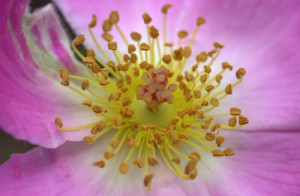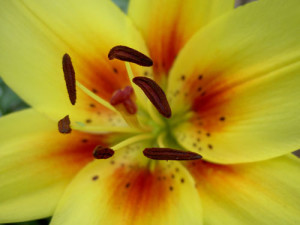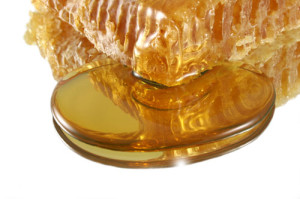If you have been following bee keeping news for sometime, you may have learned about the disappearance of honey bees not only in the United States but also in other countries. This problem was also called Colony Collapse Disorder.
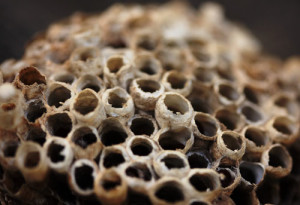
However, reasons had been given for this situation. Among them one could have read about cell phone radiation and pesticides.
Nonetheless, as reported by Reuters, two studies published March 29th in the journal Science by Mickaël Henry, a biologist at a French agricultural research institute called INRA and David Goulson, a bee biologist at University of Stirling in Scotland appear to point towards one direction.
In fact, what appears to be a cause for the massive death of honey bees is a pesticide named neonicotinoids. A particularity of this pesticide is that it becomes a part of the crop. Consequently it gets into the nectar and the pollen that is eaten by honey bees as explained by Josephine Marcoty in her article published on StarTribune.com where she says:
The pesticide is sprayed on plants and, when used as a seed coating, it grows into all parts of the plant, including the pollen and the nectar that bees eat.
But what are the effects of this pesticide on honey bees? In fact, not only can the neonicotinoids lead honey bees to have navigational and learning difficulties but these chemicals can also lead bumble bees to have a lower weight.
In fact, Brandon Keim states in his article on wired.com that:
In the first study, led by biologist Mickaël Henry of INRA, a French agricultural research institute, free-roaming honeybees were tagged with RFID chips that allowed researchers to track their movements. When dosed with a neonicotinoid, bees were more than twice as likely as non-dosed controls to die outside their hives. They seemed to get lost.
In this same article the authors mentions concerning the second studies from Goulson published in the journal Science the following:
The result dovetailed with the findings of Goulson’s group, who exposed developing bumblebees to varying neonicotinoid levels and set them loose to forage in an enclosed field. Measured after six weeks of growth, pesticide-dosed colonies were stunted, weighing about 10 percent less and producing 85 percent fewer queens.
While these studies help have true data about what could be the cause for the numerous deaths in the bee popuplation, a quote by David Goulson himself explains that neonicotinoids may not be the only cause behind the bee colony collapse disorder when he states:
“I’m sure it’s a combination of things. I’m sure that disease is a part of it, and maybe the two interact.”
Additionally, Mace Vaughn, Xerces Society’s polinator program director says:
“We’ve potentially created a situation where behavioral impacts, compounded with a lack of genetic diversity and the food they eat, results in something like colony collapse disorder,”
Even though pesticides may or may no be the sole cause for the disappearance of honey bees, what is being done about them following these researches?
In March 2012, a petition signed by more than a million has been filled to ban neonicotinoids as reported by Seth Borenstein in his article for the Associated Press published on MercuryNews.com where it can be read:
Just last week activists filed a petition with more than a million signatures asking the government to ban the class of pesticides called neonicotinoids. The U.S. Environmental Protection Agency said it is re-evaluating the chemicals and is seeking scientific help.
Even though the EPA (Environmental Protection Agency) seems to take into consideration what has been done, the main problem appears to be the use of chemicals in general and the need to go back to a more natural way of growing food.
If you would like to get free email lessons about beekeeping, I invite you to click here to go subscribe to a free email mini course.
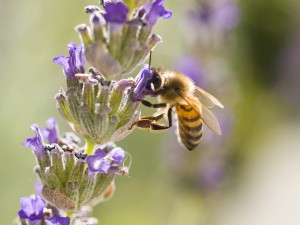 Bees are a truly fascinating insect, Australia alone is home to 1500 species. But the one we all know of is the European honey bee (Apis mellifera). We all know bees for their famous liquid gold, but there is a lot you may not know about them. For example, one in every three spoonfuls of food consumed, would not be possible without the pollination of bees. Not all bees live in colony’s or hives, and there are even bees that do not sting. Bees are facing a worldwide crisis due to the impact of modern day living.
Bees are a truly fascinating insect, Australia alone is home to 1500 species. But the one we all know of is the European honey bee (Apis mellifera). We all know bees for their famous liquid gold, but there is a lot you may not know about them. For example, one in every three spoonfuls of food consumed, would not be possible without the pollination of bees. Not all bees live in colony’s or hives, and there are even bees that do not sting. Bees are facing a worldwide crisis due to the impact of modern day living.
